Best Tesla Car: 10 Automotive Industry
Tesla Car, Inc. has dramatically altered the landscape of the automotive industry since its inception. Founded in 2003 by Martin Eberhard and Marc Tarpenning, the company, now led by Elon Musk, has become synonymous with electric vehicles, innovation, and a future-focused vision for transportation Tesla Car. Tesla car journey from a startup to an industry leader is a story of technological advancement, strategic boldness, and a relentless pursuit of sustainability. This comprehensive article explores Tesla’s history, key models, technological innovations, business strategies, and its impact on the automotive industry and beyond.
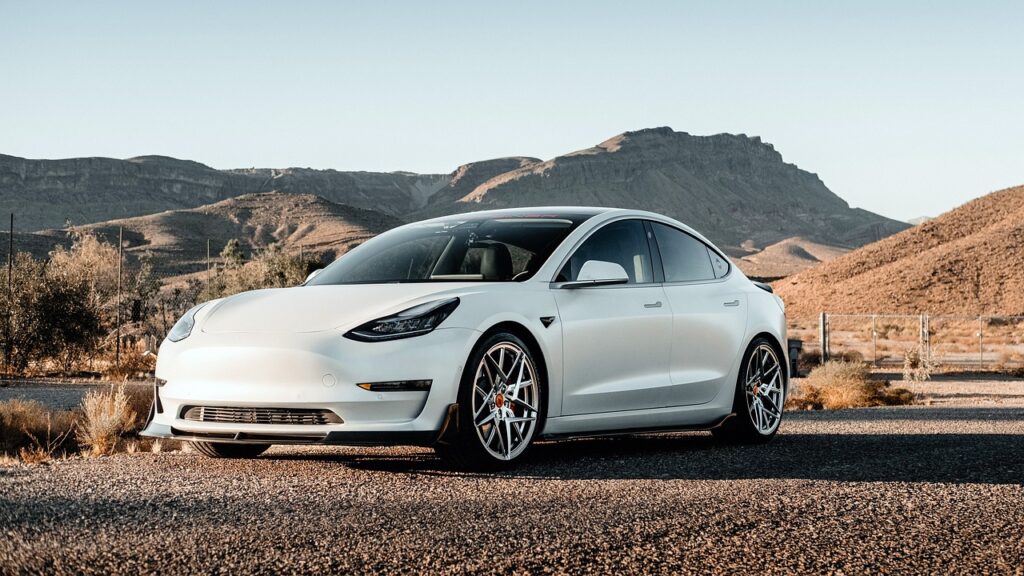
Origins and Early Developments
Founding and Vision
Tesla was established with the vision of proving that electric vehicles (EVs) could be desirable, efficient, and, most importantly, Tesla Car practical for the mainstream market. The company’s name pays homage to Nikola Tesla, the inventor and electrical engineer who pioneered the use of alternating current (AC) for electric power distribution.
Content AI
The original founders, Martin Eberhard and Marc Tarpenning, were soon joined by Elon Musk, who became the largest investor and chairman of the board. Musk’s vision was instrumental in shaping Tesla’s ambitious goals, including Tesla Car producing high-performance electric vehicles and developing energy storage solutions. His involvement marked the beginning of Tesla’s transformative journey.
The Roadster: A Milestone in EV History
Tesla’s first vehicle, the Roadster, was introduced in 2008. Based on the Lotus Elise chassis, the Roadster was a groundbreaking product that showcased the potential of electric power. It was the first production car to use lithium-ion battery cells, and its performance metrics were impressive: a range of over 200 miles on a single charge Tesla Car and acceleration from 0 to 60 mph in under 4 seconds.
The Roadster’s success was pivotal in proving that electric cars could match or exceed the performance of traditional internal combustion engine vehicles. It also generated significant attention and validated Tesla’s approach to electric vehicle technology.
Key Models and Innovations
1. Tesla Model S: Defining Luxury and Performance
Launched in 2012, the Tesla Car Model S represented a significant leap forward in electric vehicle technology. It was a luxury sedan that combined long-range capability with high performance. The Model S received widespread acclaim for its impressive range, performance, and cutting-edge technology.
Technological Features
- Battery Technology: The Tesla Car Model S featured a range of battery options, with the top-tier battery providing over 300 miles of range on a single charge. The vehicle’s battery pack was located beneath the floor, contributing to a low center of gravity and excellent handling.
- Autopilot: Tesla car introduced its Autopilot system with the Model S, marking the beginning of its journey towards full self-driving capability. Autopilot includes features such as adaptive cruise control, lane-keeping assist, and automatic lane changes.
- Over-the-Air Updates: One of Tesla car unique features is its ability to update vehicle software remotely via over-the-air (OTA) updates. This capability allows Tesla to improve vehicle performance, add new features, and fix bugs without requiring a visit to a service center.
- Performance: The Tesla Car Model S Performance version could accelerate from 0 to 60 mph in under 3 seconds, making it one of the fastest production cars in the world. This level of performance redefined the expectations for electric vehicles.
2. Tesla Model X: Redefining the SUV
Introduced in 2015, the Tesla car Model X was the company’s first all-electric SUV. It was notable for its distinctive falcon-wing doors, which provided easier access to the rear seats in tight parking spaces.
Technological Features
- Range and Performance: The Model X offered a range of over 300 miles, similar to the Model S, and provided impressive acceleration and handling characteristics. The dual-motor all-wheel-drive system enhanced traction and stability.
- Falcon-Wing Doors: The Tesla Car Model X’s unique falcon-wing doors were designed for practicality and style. They allowed passengers to enter and exit the vehicle easily, even in confined spaces.
- Autopilot and Safety: The Tesla Car Model X included Tesla’s Autopilot system, with additional safety features such as automatic emergency braking and collision avoidance. It achieved high safety ratings in crash tests.
3. Tesla Model 3: Making EVs Mainstream
The Tesla car Model 3, launched in 2017, was a crucial step in Tesla’s strategy to make electric vehicles more affordable and accessible. It was designed to be a more affordable alternative to the Model S while maintaining high performance and range.
Technological Features
- Affordability: The Tesla Car Model 3 was positioned as a more budget-friendly option compared to Tesla’s earlier models. The base version had a starting price significantly lower than the Model S, making it accessible to a broader audience.
- Range and Performance: Despite its lower price, the Model 3 offered impressive range and performance. The Long Range version provided over 350 miles of range, and the Performance version could accelerate from 0 to 60 mph in about 3 seconds.
- Minimalist Interior: The Model 3 featured a minimalist interior design with a central touchscreen that controlled most of the vehicle’s functions. This design choice highlighted Tesla’s focus on integrating technology into the driving experience.
4. Tesla Model Y: Expanding the SUV Market
Launched in 2020, the Tesla car Model Y is a compact electric SUV that shares much of its design and technology with the Model 3. The Mode Tesla Carl Y was aimed at expanding Tesla’s footprint in the growing SUV market.
Technological Features
- Versatility: The Tesla Car Model Y offers seating for up to seven passengers with an optional third row. It combines the practicality of an SUV with the performance and range characteristics of Tesla’s other vehicles.
- Range and Performance: The Tesla Car Model Y provides a range of over 300 miles and delivers strong acceleration and handling. The Performance version can reach 60 mph in around 3.5 seconds.
- Autopilot and Safety: The Tesla Car Model Y includes Tesla’s latest Autopilot features, with an emphasis on safety and driver assistance. The vehicle also benefits from Tesla’s OTA updates, ensuring that it remains up-to-date with the latest technology.
5. Tesla Cybertruck: Breaking the Mold
The Tesla car Cybertruck, unveiled in 2019, represents a bold departure from traditional truck design. Its angular, futuristic appearance has sparked both excitement and controversy.
Technological Features
- Design: The Tesla Car Cybertruck’s design is characterized by its angular, geometric shape and exoskeleton made from ultra-hard 30X cold-rolled stainless steel. The unconventional look has attracted significant attention and debate.
- Performance and Utility: The Tesla Car Cybertruck promises impressive performance, including a towing capacity of over 14,000 pounds and a range of up to 500 miles. It is designed to compete with traditional trucks while offering the benefits of electric power.
- Durability: The Cybertruck’s exoskeleton is designed to provide exceptional durability and resistance to dents and damage. The vehicle’s armored glass was intended to withstand impacts, although the initial demonstration faced challenges.
6. Tesla Roadster (2024): A New Era of Performance
The new Tesla car Roadster, slated for release in 2024, aims to push the boundaries of electric vehicle performance even further. It represents a revival of Tesla’s original model with cutting-edge technology and design.
Technological Features
- Performance: The new Tesla Car Roadster is expected to achieve a top speed of over 250 mph and accelerate from 0 to 60 mph in under 2 seconds. This level of performance is set to redefine the limits of electric sports cars.
- Range: The Roadster Tesla Car is projected to have a range of up to 620 miles on a single charge, combining high performance with long-distance capability.
- Design: The Roadster’s design features a sleek, aerodynamic profile and advanced materials to maximize performance and efficiency.
Technological Innovations
1. Battery Technology
Tesla car advancements in battery technology have been central to its success. The company has developed several generations of battery packs, each offering improvements in energy density, range, and performance.
- Lithium-Ion Cells: Tesla car was one of the first manufacturers to use lithium-ion battery cells in its vehicles, providing higher energy density and longer life compared to traditional battery technologies.
- Battery Packs: Tesla’s battery packs are designed to be modular and scalable, allowing for different configurations depending on the vehicle’s needs. The packs are also integrated into the vehicle’s chassis to optimize weight distribution and handling.
- Gigafactory: Tesla car Gigafactory, located in Nevada, is a massive manufacturing facility dedicated to producing batteries and battery packs at scale. The factory aims to reduce battery costs and increase production capacity to meet growing demand.
2. Autopilot and Full Self-Driving
Tesla’s Autopilot and Full Self-Driving (FSD) systems represent some of the most advanced driver-assistance technologies available today Tesla Car.
- Autopilot: Tesla’s Autopilot system includes features such as adaptive cruise control, lane-keeping assist, and automatic lane changes. It relies on a combination of cameras, radar, and ultrasonic sensors to monitor the vehicle’s surroundings Tesla Car.
- Full Self-Driving (FSD): The FSD package aims to enable fully autonomous driving capabilities. It includes features such as Navigate on Autopilot, which guides the vehicle on highways, and Summon, which allows the vehicle to park itself. The system is constantly updated through OTA updates, with the goal of achieving full autonomy.
- AI and Neural Networks: Tesla uses artificial intelligence (AI) and neural networks to improve its Autopilot and FSD systems. The Tesla Car company’s AI technology processes data from the vehicle’s sensors to make real-time driving decisions and improve system performance.
3. Over-the-Air Updates
One of Tesla’s most innovative features is its ability to perform over-the-air (OTA) software updates. This capability allows the company to enhance vehicle performance, add new features, and address issues without requiring a visit to a service center.
- Continuous Improvement: Tesla’s OTA updates enable continuous improvement of vehicle systems. For example, updates can improve battery efficiency, enhance Autopilot functionality, or add new infotainment features.
- Customer Experience: OTA updates Tesla Car contribute to a seamless customer experience by ensuring that vehicles remain up-to-date with the latest technology and features. This approach also allows Tesla to address issues and improve performance in real-time.
4. Supercharger Network
The Tesla car Supercharger network is a key component of the company’s strategy to address range anxiety and support long-distance travel for electric vehicle owners.
- High-Speed Charging: Supercharger Tesla Car stations provide high-speed charging, allowing Tesla vehicles to add significant range in a short amount of time. The network is designed to make long-distance travel convenient and practical for Tesla owners.
- Expansion and Accessibility: Tesla car has continually expanded its Supercharger network, with stations located along major highways and in urban areas. The network is designed to be accessible and reliable, supporting Tesla’s growing customer base.
Business Strategies and Market Impact
1. Vertical Integration
Tesla’s business model emphasizes vertical integration, meaning the company controls many aspects of its production and supply chain. This approach allows Tesla to maintain high standards of quality and innovation while reducing reliance on external suppliers.
- In-House Production: Tesla car produces many of its vehicle components in-house, including battery packs, electric motors, and software. This strategy enables the company to innovate rapidly and maintain tight control over the manufacturing process.
- Gigafactories: Tesla’s Gigafactories are a central part of its vertical integration strategy. These facilities produce batteries, vehicle components, and energy storage products, helping to meet demand and reduce costs.
2. Direct Sales Model
Unlike traditional automakers that rely on dealerships, Tesla uses a direct sales model, selling its vehicles directly to customers through its own network of showrooms and online platforms.
- Customer Experience: The direct sales Tesla Car model allows Tesla to provide a more personalized customer experience. Customers can configure their vehicles online, receive personalized support, and experience a streamlined purchasing process.
- Service and Maintenance: Tesla’s service centers handle maintenance and repairs, ensuring that customers receive high-quality service from trained technicians. The company also offers mobile service units to address issues at customers’ locations.
3. Sustainability and Energy Solutions
Tesla’s commitment to sustainability extends beyond electric vehicles. The company is also focused on developing clean energy solutions and promoting sustainable practices.
- Energy Storage: Tesla’s energy storage products, such as the Powerwall and Powerpack, are designed Tesla Car to store renewable energy for residential and commercial use. These products support the transition to a more sustainable energy grid.
- Solar Energy: Tesla’s solar energy solutions include solar panels and the Solar Roof, which integrates solar technology into roofing materials. These products aim to make renewable energy more accessible and practical for homeowners.
4. Market Influence and Competition
Tesla’s success has had a profound impact on the automotive industry. The company’s innovative approach has influenced other automakers to invest in electric vehicles and advanced technologies.
- Industry Shift: Tesla’s emphasis on electric vehicles has accelerated the industry’s shift towards sustainability. Many traditional automakers have announced plans to develop electric vehicles and reduce their reliance on internal combustion engines.
- Competitors: Tesla faces competition from both established automakers and new entrants in the electric vehicle market. Companies such as Rivian, Lucid Motors, and NIO are developing their own electric vehicles, while traditional automakers like General Motors, Ford, and Volkswagen are expanding their electric vehicle offerings.
Challenges and Future Outlook
1. Production and Supply Chain Issues
Tesla has faced various challenges related to production and supply chain management. Meeting demand for its vehicles while ensuring high-quality production has been a continual focus for the company.
- Scaling Production: Scaling production to meet growing demand has been a challenge, particularly for new models. Tesla has had to navigate complex manufacturing processes and supply chain constraints.
- Supply Chain Constraints: The company has experienced supply chain disruptions, including shortages of key components such as semiconductors and raw materials. Addressing these challenges is crucial for maintaining production and meeting customer expectations.
2. Regulatory and Legal Issues
Tesla has encountered regulatory and legal challenges related to its business practices, safety standards, and Autopilot technology.
- Regulatory Compliance: Ensuring compliance with safety and emissions regulations is an ongoing challenge for Tesla. The company must navigate various regulatory frameworks in different markets.
- Legal Disputes: Tesla has faced legal disputes related to its Autopilot system, including investigations into accidents involving the technology. The company must address these issues while continuing to develop and improve its autonomous driving capabilities.
3. Future Innovations and Goals
Looking ahead, Tesla is focused on several key areas of innovation and development.
- Autonomous Driving: Tesla continues to advance its Full Self-Driving technology with the goal of achieving full autonomy. The company is investing in AI, sensor technology, and software development to enhance its autonomous driving capabilities.
- Global Expansion: Tesla is expanding its presence in international markets, including Europe and China. The company’s Gigafactories in Berlin and Shanghai are key to supporting global growth and meeting local demand.
- Sustainable Energy: Tesla’s commitment to sustainability includes expanding its energy storage and solar energy solutions. The company aims to drive the transition to renewable energy and promote sustainable practices across various sectors.
Tesla’s Strategic Initiatives

**1. Global Expansion and Gigafactories
Tesla’s global expansion strategy is critical to its mission of accelerating the world’s transition to sustainable energy. The company has established several Gigafactories around the world, each designed to boost production capacity and support regional markets.
- Gigafactory Nevada: The Gigafactory in Nevada, also known as Giga Nevada, is one of Tesla’s most significant manufacturing facilities. It primarily focuses on battery cell production and energy storage products. The factory aims to produce batteries at a scale that significantly reduces costs and increases production efficiency. It’s a key part of Tesla’s strategy to scale up battery production and meet the growing demand for electric vehicles.
- Gigafactory Shanghai: The Shanghai Gigafactory, also known as Giga Shanghai, is Tesla’s first Gigafactory outside the United States. It plays a crucial role in Tesla’s strategy to penetrate the Chinese market, one of the largest and fastest-growing markets for electric vehicles. The factory produces Model 3 and Model Y vehicles, catering to local demand and exporting to other countries in the Asia-Pacific region.
- Gigafactory Berlin: Located in Grünheide, Germany, the Berlin Gigafactory is Tesla’s first manufacturing facility in Europe. It’s designed to produce the Model Y and is expected to significantly increase Tesla’s presence in the European market. The factory also highlights Tesla’s commitment to producing vehicles closer to key markets, reducing shipping costs and delivery times.
- Gigafactory Texas: The Austin Gigafactory, known as Giga Texas, is a major addition to Tesla’s manufacturing network. It focuses on producing the Model Y and the upcoming Cybertruck. The factory is strategically located to serve the growing demand in the United States and is expected to play a significant role in Tesla’s future growth.
**2. Innovation in Battery Technology
Tesla’s leadership in battery technology is one of its most significant competitive advantages. The company’s efforts to advance battery technology are aimed at improving energy density, reducing costs, and enhancing the overall performance of its vehicles and energy storage products.
- Battery Day and 4680 Cells: Tesla’s Battery Day event in September 2020 showcased its advancements in battery technology, including the development of the new 4680 battery cells. These cells are designed to offer higher energy density, lower cost, and improved performance compared to previous designs. The 4680 cells are expected to play a crucial role in enabling longer range and more affordable electric vehicles.
- Battery Recycling: Tesla is also focused on battery recycling to reduce environmental impact and ensure a sustainable supply of materials. The company has developed processes to recover valuable materials from used batteries, which can be reused in new battery production. This approach aligns with Tesla’s commitment to sustainability and resource efficiency.
**3. Energy Solutions and Sustainability
Tesla’s vision extends beyond electric vehicles to encompass renewable energy and energy storage solutions. The company’s energy products are designed to support the transition to a more sustainable energy system.
- Powerwall and Powerpack: Tesla’s Powerwall and Powerpack are energy storage solutions designed for residential and commercial use. The Powerwall is a home battery system that stores energy from solar panels or the grid, providing backup power and enabling homeowners to manage their energy usage more effectively. The Powerpack, on the other hand, is designed for larger-scale applications, such as commercial buildings and utilities.
- Solar Roof: The Solar Roof is an innovative product that integrates solar panels into roofing materials. It provides a seamless and aesthetically pleasing way to generate solar energy while protecting the home. The Solar Roof aims to make solar energy more accessible and practical for homeowners.
- Megapack: The Megapack is Tesla’s large-scale energy storage solution designed for utility-scale applications. It provides a way to store and manage renewable energy, helping to stabilize the grid and support the integration of intermittent renewable energy sources like solar and wind.
**4. Artificial Intelligence and Machine Learning
Tesla’s advancements in artificial intelligence (AI) and machine learning are integral to its development of autonomous driving technology and overall vehicle performance.
- AI and Neural Networks: Tesla employs advanced neural networks and AI algorithms to process data from its vehicles’ sensors and cameras. This technology enables the Autopilot and Full Self-Driving systems to make real-time driving decisions and continuously improve their capabilities.
- Dojo Supercomputer: Tesla is developing the Dojo supercomputer, which is designed to enhance its AI training capabilities. Dojo will process vast amounts of driving data to improve the performance of Tesla’s autonomous driving systems. The supercomputer aims to accelerate the development of full self-driving technology and improve overall vehicle safety.
**5. Customer Experience and Service
Tesla’s approach to customer experience and service is designed to differentiate the company from traditional automakers and enhance customer satisfaction.
- Direct Sales Model: Tesla’s direct sales model eliminates the need for intermediaries, allowing for a more streamlined and personalized purchasing experience. Customers can configure their vehicles online, receive real-time updates on their order status, and benefit from a transparent pricing model.
- Mobile Service: Tesla offers mobile service units that can perform maintenance and repairs at customers’ locations. This approach enhances convenience and minimizes disruption for Tesla owners. Mobile service is particularly useful for addressing minor issues and routine maintenance tasks.
- Customer Engagement: Tesla actively engages with its customers through social media, online forums, and events. The company values feedback from its customer base and incorporates it into its product development and service strategies.
Broader Context and Impact
**1. Disruption of the Automotive Industry
Tesla’s entry into the automotive market has had a profound impact on the industry, challenging traditional automakers and driving innovation across the sector.
- Shift to Electric Vehicles: Tesla’s success has accelerated the shift towards electric vehicles. Many traditional automakers have announced plans to develop and produce electric vehicles, investing heavily in EV technology and infrastructure.
- New Business Models: Tesla’s direct sales model and emphasis on vertical integration have influenced other automakers to reconsider their business models. Traditional manufacturers are exploring new ways to engage with customers and streamline their operations.
- Innovation and Competition: Tesla’s focus on innovation has set new standards for vehicle performance, technology, and sustainability. The company’s advancements have prompted competitors to invest in research and development, leading to a more competitive and dynamic automotive market.
**2. Environmental and Sustainability Goals
Tesla’s commitment to sustainability extends beyond its vehicles to encompass broader environmental goals.
- Carbon Reduction: Tesla’s electric vehicles contribute to the reduction of carbon emissions by replacing internal combustion engine vehicles. The company’s focus on renewable energy and energy storage supports the transition to a low-carbon energy system.
- Resource Efficiency: Tesla’s efforts in battery recycling and sustainable resource management aim to minimize environmental impact and ensure the responsible use of materials. The company’s approach aligns with global goals for resource conservation and waste reduction.
- Global Initiatives: Tesla’s global expansion and energy products support the transition to renewable energy on a worldwide scale. The company’s initiatives contribute to international efforts to combat climate change and promote sustainable development.
**3. Future Outlook and Challenges
As Tesla continues to evolve and expand, several key factors will shape its future trajectory.
- Technological Advancements: The development of autonomous driving technology, advanced battery systems, and new vehicle models will be crucial to Tesla’s future success. The company’s ability to innovate and stay ahead of technological trends will determine its competitive edge.
- Market Dynamics: Tesla’s ability to navigate market dynamics, including competition from other electric vehicle manufacturers and changes in consumer preferences, will impact its growth and profitability. The company’s strategy for scaling production and expanding into new markets will play a significant role in its long-term success.
- Regulatory Environment: Regulatory changes and government policies related to electric vehicles, energy storage, and sustainability will influence Tesla’s operations and business strategy. The company will need to adapt to evolving regulations and standards to maintain its leadership position.
- Public Perception: Tesla’s reputation and public perception will continue to influence its success. The company’s ability to address customer concerns, manage product quality, and maintain transparency will impact its brand image and customer loyalty.
Conclusion
Tesla’s journey from a pioneering startup to a global leader in electric vehicles and sustainable energy is a remarkable story of innovation, ambition, and impact. The company’s groundbreaking models, technological advancements, and strategic initiatives have redefined the automotive industry and set new standards for performance, sustainability, and customer experience.
Tesla’s focus on battery technology, autonomous driving, energy solutions, and vertical integration has positioned it as a leader in the transition to a more sustainable future. The company’s global expansion, commitment to innovation, and emphasis on customer satisfaction reflect its dedication to shaping the future of transportation and energy.
As Tesla continues to navigate challenges and pursue new opportunities, its influence on the automotive industry and the broader energy landscape will be profound. The company’s vision for a sustainable and technologically advanced future will drive its ongoing success and shape the evolution of the automotive market for years to come.
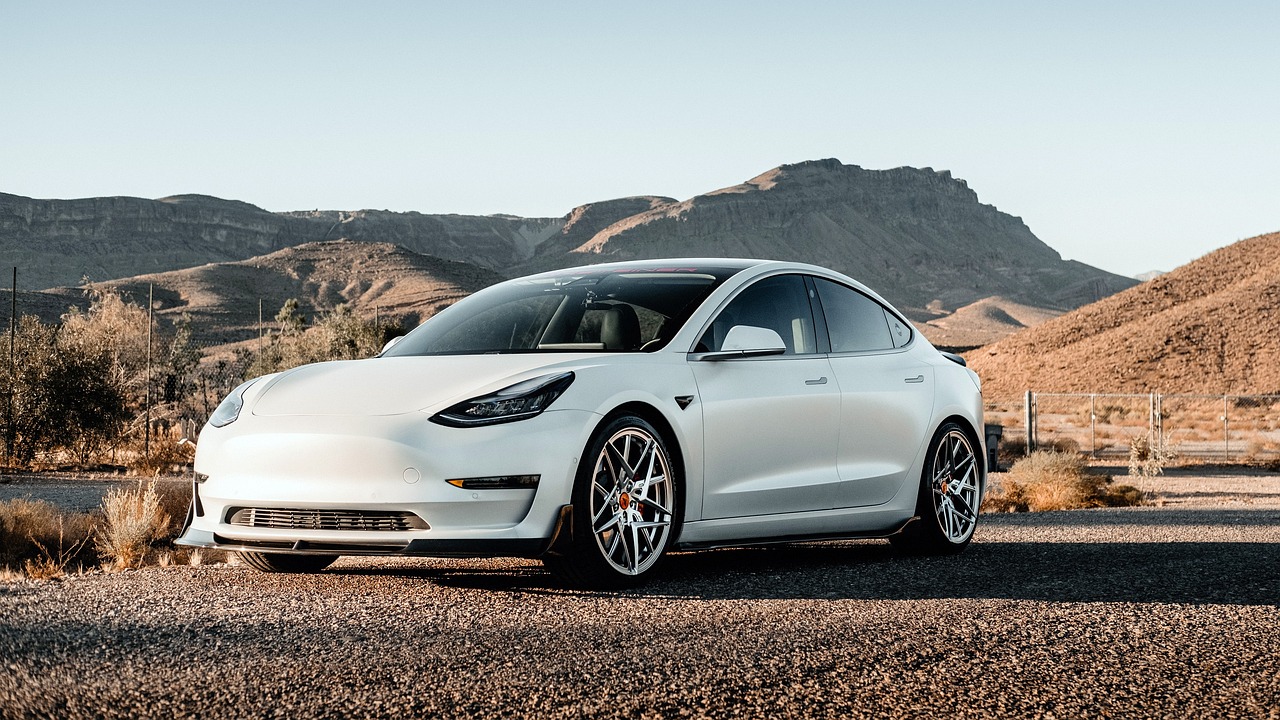

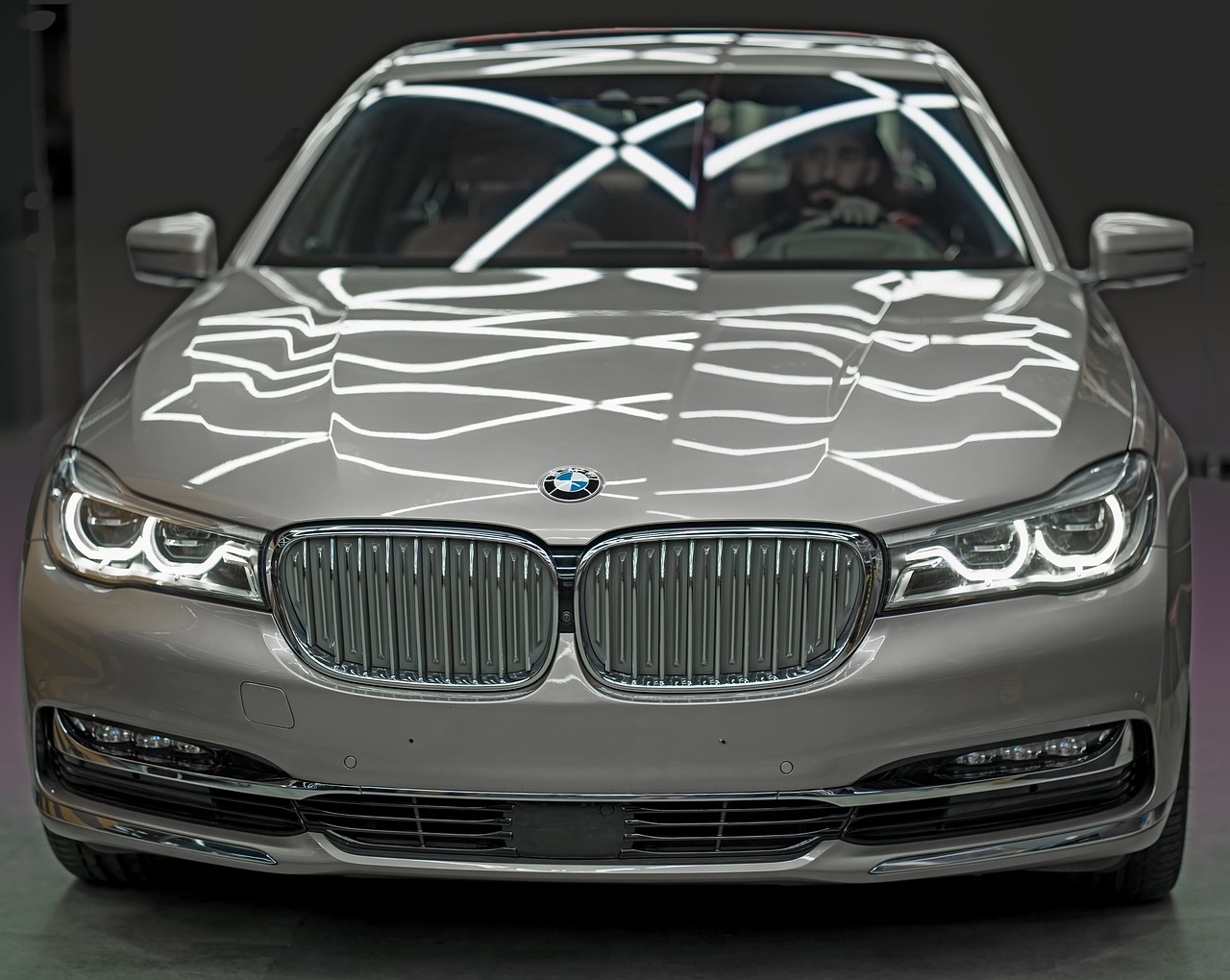
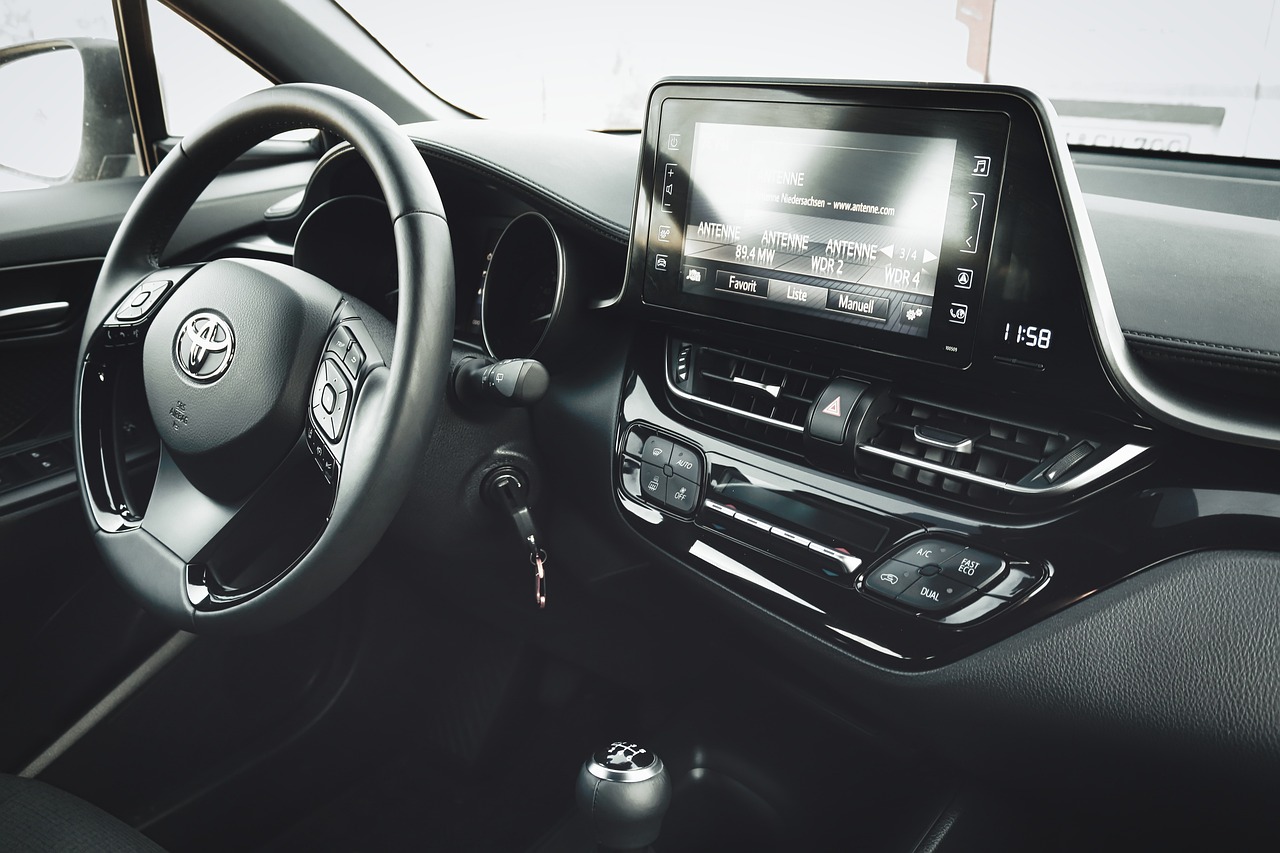
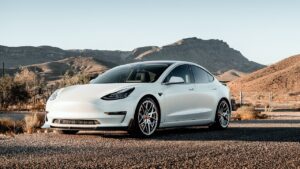

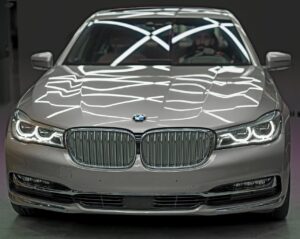







Post Comment